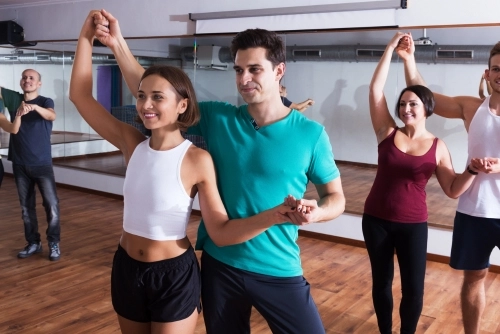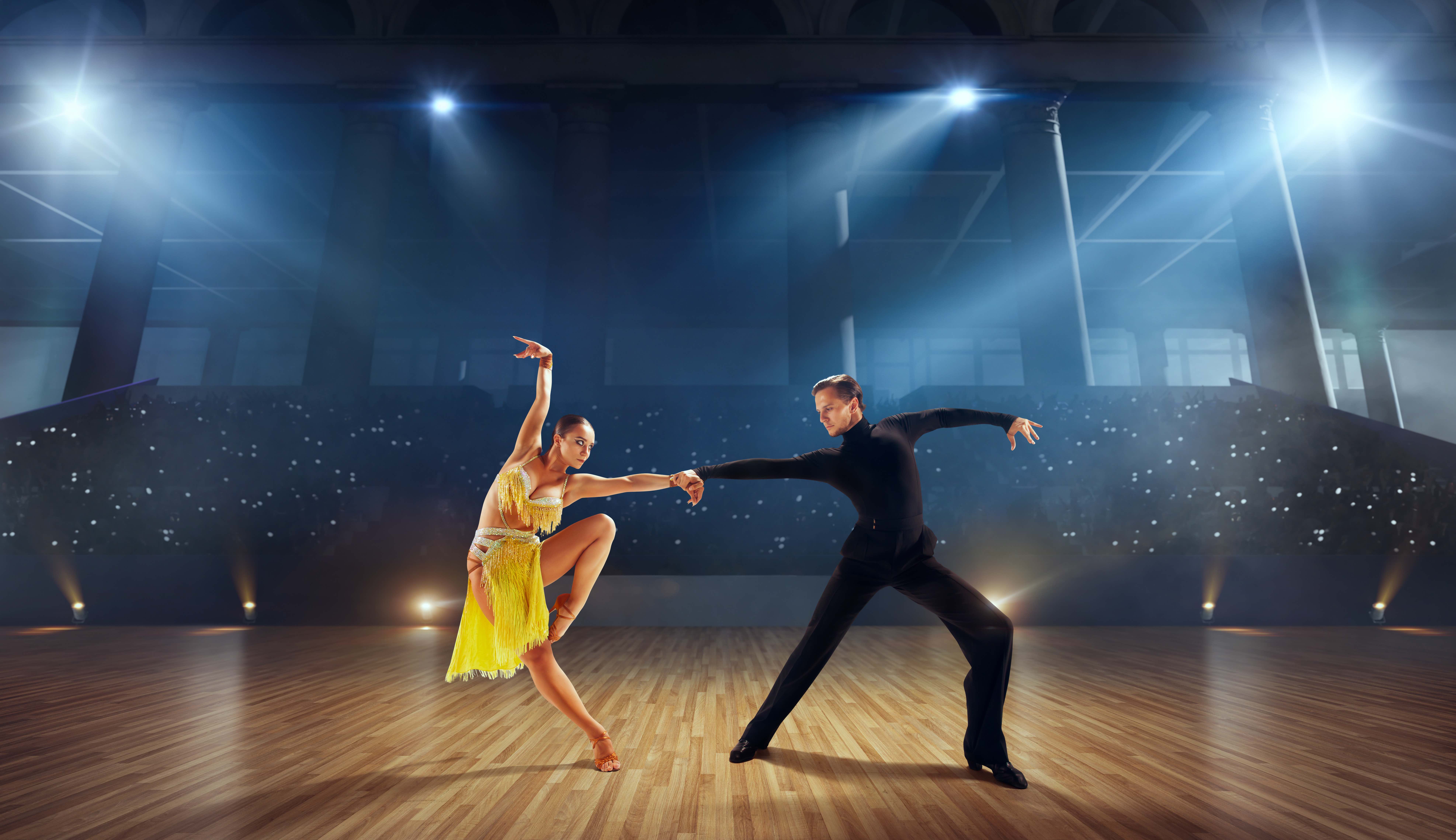How Dance San Francisco can Save You Time, Stress, and Money.
Wiki Article
The Buzz on Dance San Francisco
Table of ContentsSee This Report on Dance San FranciscoAn Unbiased View of Dance San FranciscoThe Of Dance San FranciscoSome Known Incorrect Statements About Dance San Francisco
Allow's consider Salsa dancing and songs as a large Tree that looks like this: Salsa is danced worldwide while lots of technical aspects of the dancing are the exact same throughout designs (6 steps over 8 beats danced on a quick-quick-slow or slow-quick-quick rhythm), there are numerous "hallmark" functions of the primary designs of Salsa that distinguish one from the various other.Couples joining a Gambling establishment Rueda dance all relocate unison as called by a Leader. Distinguishing attributes of Cuban style salsa are round turn patterns (with "break back" actions on counts 1 and 5) along with body language motivated by conventional Afro-Cuban folkloric dancings. Distinct functions of Cali style salsa fasts and detailed maneuvering, danced with a solid hand hold connection between companions.
The beginnings of the style are a topic of debate, but it is stated that New york city style Salsa dance came from the 1960's as a result of the increase of Latin American emigrants after the Cuban Revolution (salsa dancing sf). Eddie Torres is one of the most well known New York style professional dancer, being almost widely attributed with promoting the design to dance centres outside of New York
The basic rhythm of "On-2" is slow-quick-quick. The "youngest" of the styles of Salsa, L.A (https://www.figma.com/file/5VXPQGLKI8TcY3uCMtHHOi/Untitled?type=design&node-id=0%3A1&mode=design&t=zUtQU87wW0Z15VvB-1). Style (some individuals have called it "West Coast" design) became preferred in the 1990's and has its origins in ballroom (Mambo, Swing and Cha, Cha, Cha). Turn patterns lead and comply with strategies are heavily affected by these styles, with the Cross Body Lead being the keystone of the style
The Definitive Guide for Dance San Francisco
Style are implementation of turn patterns and figures in the "slot", with the break steps on matters "1" and "5". While Salsa music has strong origins in Cuban, Colombian and Puerto-Rican folkoric practices, it can not be marked down that all Afro-Latin and Latin American cultures have actually contributed to modern Salsa music as we know it today.


Excitement About Dance San Francisco
distinguishing attributes of Salsa songs are: 4/4 time trademark, Son Clave and Tumbao rhythms, Montuno Piano Unless you have a history in songs, the above 3 characteristics probably imply absolutely nothing to you. A much easier means to define Salsa songs is how it does NOT seem like various other sorts of Latin American prominent songs.
It's time for lessons. With numerous studios out there and different designs to select from, where does a complete rookie begin? The majority of brand-new dancers select to find out L.A. "On-1" design slotted Salsa designs are the most prevalent in North America (with some exceptions of some city centres that still primarily embrace Cuban and Puerto Rican styles) and L.A.
.A. Style will quickly instruct you the basics of Salsa timing, weight transfer and transform pattern execution. Many dancers, once they've had a year or more of dancing L.A. Design Salsa under their belts, "button" to New york city design in order to diversify their dancing vocabulary; but many professional dancers determine to adhere to just one design of Salsa and enjoy their time on the dance flooring in that particular style. salsa dancing sf.
Design and New York Style all being danced in the very same club, with a number of the dancers being able to switch over from one design to the other from one track to the following. salsa dancing sf. Regardless of have a peek at this site which style you pick it is very important to stick to that style until you're extremely comfortable with the principles of timing, body rhythm and structure step execution prior to thinking about "changing" designs (if you wish to)
As soon as you begin on lessons be ready to devote energy and time to discovering how to dance generally it takes a complete novice (i. e., someone with little or no dancing experience) about 6 months of proactively taking lessons and heading out and exercising at least two times a week to reach a point where pattern execution begins to feel "all-natural".
Report this wiki page